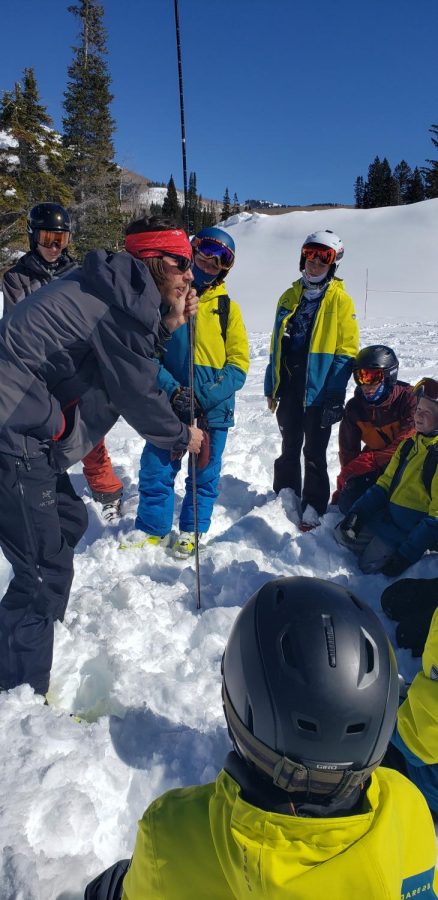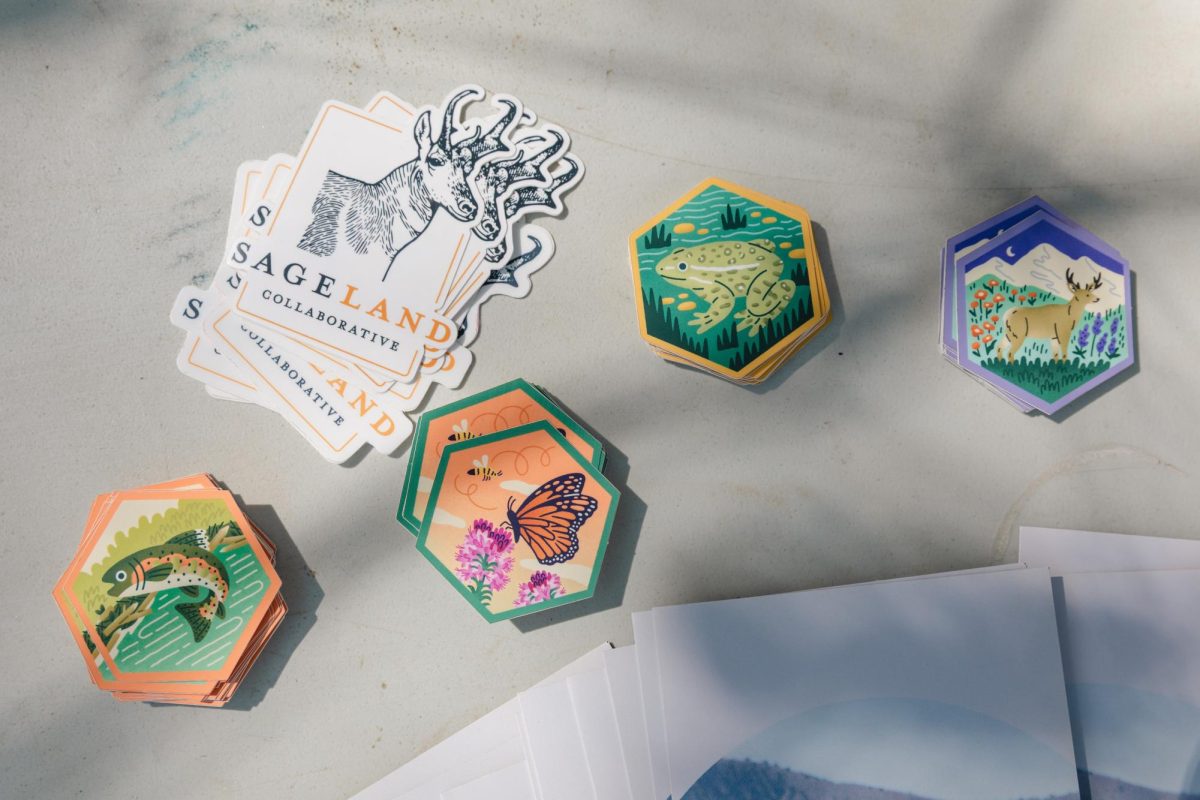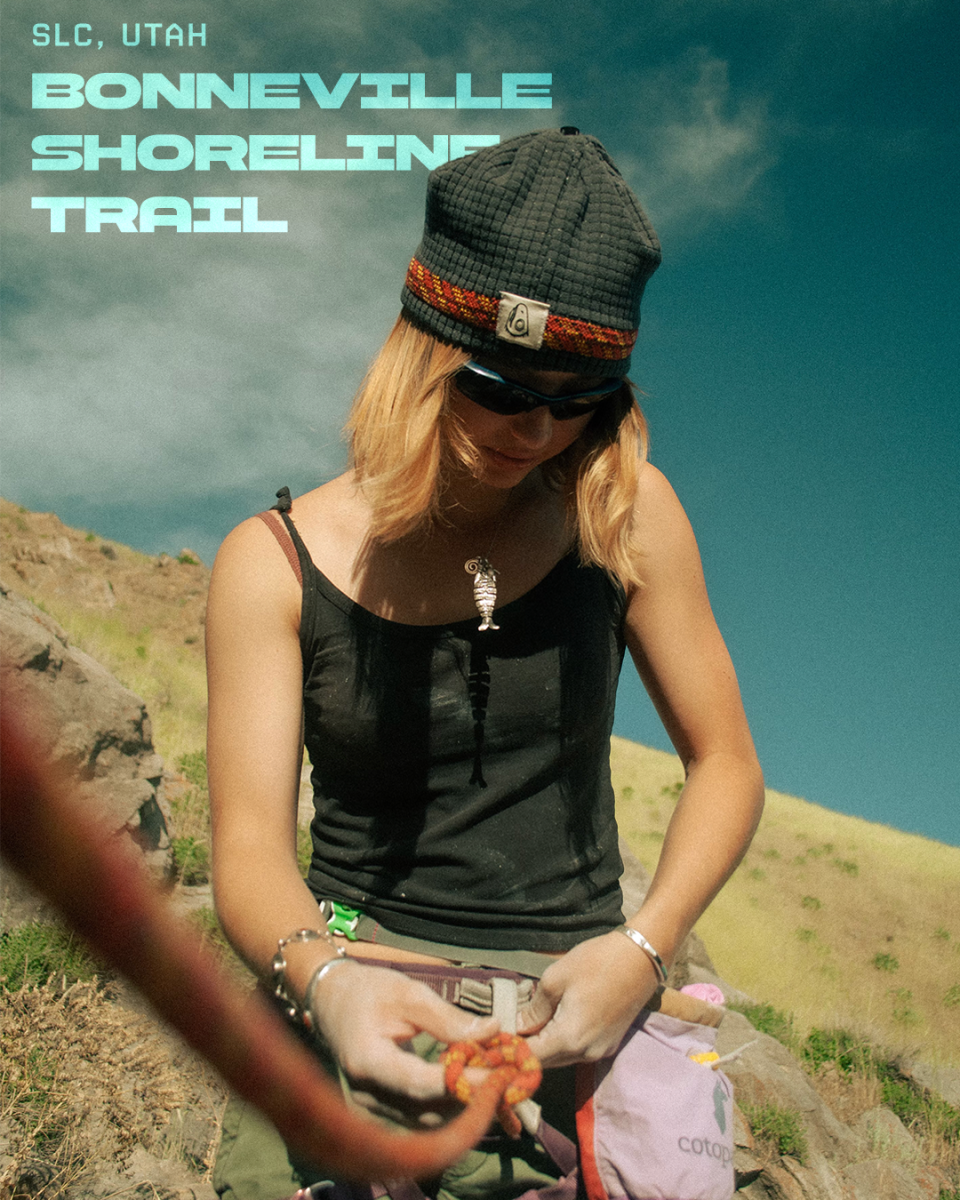Studies show avalanche airbags can save lives. But Mother Nature is in charge, experts warn
March 18, 2020
On Jan. 18, Chase Adams was snowmobiling with his father in the northern Wasatch Mountains when he was caught in an avalanche.
The avalanche carried the 18-year-old man down a steep face above Farmington Lake and buried 7 feet deep at the bottom of the slope. Despite efforts from nearby riders and Davis County Search and Rescue, Adams was pronounced dead that afternoon.
As he was being carried by the slide, Adams deployed his avalanche airbag, an inflatable bladder in his backpack designed to keep him from sinking deep into the debris.
Only 18 days into 2020, Adams was the second snowmobiler this year in the Mountain West to die in an avalanche after inflating an airbag. On Jan. 1, three men were snowmobiling just north of Missoula, Montana, when they were all caught in an avalanche. Two riders died at the scene, including one who deployed his airbag before being buried.
Airbags are relatively new to the backcountry scene and studies indicate that they do save lives. A paper published in 2014 found that airbags reduce the chances of dying in an avalanche from 22% to 11%.
“[Airbags] can make a huge difference,” said Mark Staples, director of the Utah Avalanche Center. “But they don’t always work.”
Staples, who has worked as an avalanche forecaster in Montana and Utah, said he has seen a significant rise in airbag use among backcountry travelers. The increase has seen some pushback in the backcountry community, with people occasionally arguing they lead to reckless behavior. While that can be true with any kind of safety gear, most experts push back on that argument.
“People have said that can be a problem with helmets and a long time ago people said that was a problem with avalanche transceivers,” Staples said, comparing the technology to seat belts and airbags in cars, features that made driving much safer.
But they’re no replacement for the standard backcountry gear — an avalanche transceiver to find someone buried, a probe to pinpoint where they are and a shovel to dig them out. Going into the backcountry without those three tools is like leaving the house without your wallet, phone and keys. Except the ramifications can be deadly.
And as any avalanche expert will point out, the gear is only one part of the overall picture — getting the proper education, having a reliable partner, reading and being able to understand the avalanche forecast and choosing safe terrain are crucial in the backcountry.
Adams was caught in what backcountry experts call a terrain trap. The abrupt transition from the steep slope to the almost perfectly flat lake meant the debris piled up unusually high for a slide of that nature. Staples says terrain traps are one factor that can render avalanche airbags useless.
“A lot of times the debris actually has time to turn,” Staples said, a process he compared to shaking a bag of chips — the bigger pieces, including people, rise to the top. “In this case, it just went straight down and stopped immediately.”
Black Diamond, an outdoor retailer headquartered in Salt Lake City, recently released a backpack that could extend the amount of time someone can survive under the snow. The Jetforce backpack has an airbag designed to deflate after three minutes, creating an air pocket around the wearer’s head.
“The hope here is that it would create an opportunity to move around a little bit and clear your own airway,” said Stu Gleason, a development engineer for Black Diamond who had a hand in creating the new backpack. “I feel a lot safer knowing that I’d have 170 liters of space that the bag would create for me.”
The new technology was subject to a University of Utah study where participants were buried in snow with the backpack on, then deployed the airbag. Researchers concluded the backpack “appears to delay asphyxia, which could allow extra time for rescue and improve overall survival of avalanche victims.”
Since the start of the 2018-19 season, avalanches have killed 34 people across the Mountain West, according to the American Avalanche Association. Many of the victims had years of backcountry experience and the proper gear, a grim reminder that there is only one guaranteed way to stay alive in avalanche terrain — avoid avalanche terrain.
“It’s a force of nature,” Staples said. “Like a hurricane, tornado or earthquake, we do the best we can. But in the end Mother Nature’s in charge.”











